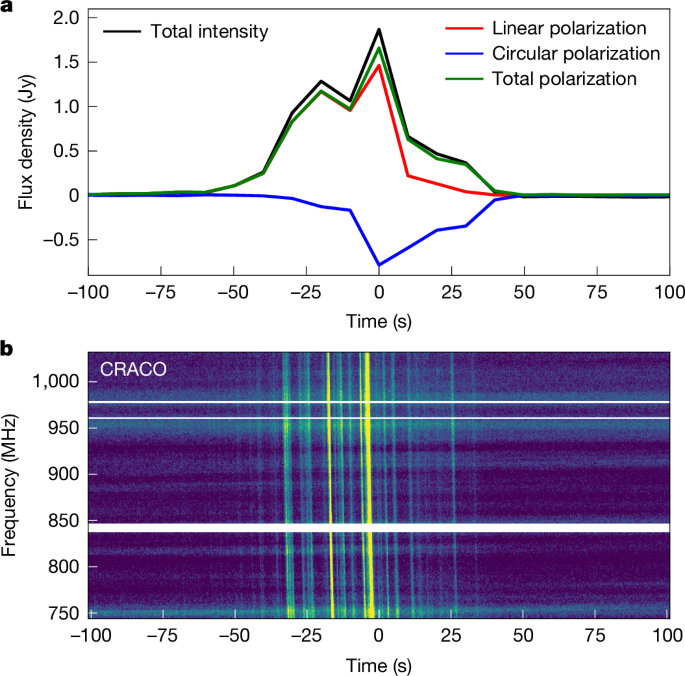fromNature
4 days agoI encourage women to claim their space in astrophysics and beyond
Chatterjee works in the emerging and male-dominated field of gravitational-wave science. She studies neutron stars - ultra-dense cores that are left over when massive stars collapse - by looking at gravitational waves, or ripples in the fabric of space-time. It's an approach that brings together several disciplines, including nuclear, particle and condensed-matter physics. On her return to India in 2020, she joined the Inter-University Centre for Astronomy and Astrophysics (IUCAA) in Pune.
Science
